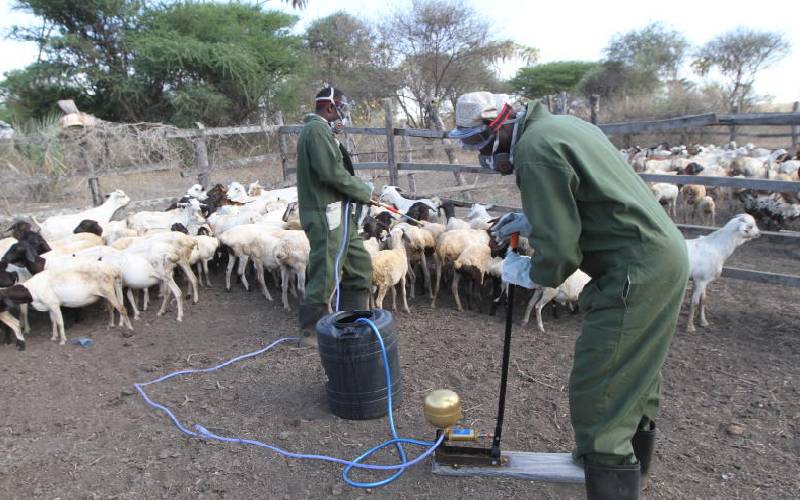
Dr Othieno Joseph
I have a concern and I think given your links with the agency tasked with eradication of tsetse flies, you are well placed to answer it. I am a dairy farmer in Migori County. While my father kept indigenous cattle, I have upgraded to exotic dairy crosses. Ever since I was a child, I knew my area was tsetse infested and this significantly locked away introduction of exotic dairy animals in the area. This is despite the fact that local breeds did not do well either. Determined to introduce dairy animals in my area, I cleared all bushes around my farm and convinced my neighbours to do the same. Though the government has assisted to some extent in provision of insecticides, it is never enough. Last year, I lost one of my exotic crosses to a suspected case of trypanosomiasis. What other control options do we have because we are determined to do dairy farming. [Nelson Odhiambo]